15 Ways to Improve Soil Health in Hot Weather Gardens
Gardening in hot weather can be challenging, especially when it comes to maintaining healthy soil. High temperatures can cause soil to dry out quickly, leading to stress for plants. Fortunately, there are several ways to improve soil health and ensure your garden thrives even in the heat. By implementing simple techniques like mulching, composting, and using efficient irrigation systems, you can create a more resilient soil environment. These practices help retain moisture, reduce nutrient loss, and support healthy root growth. Whether you are working with raised beds, containers, or in-ground gardens, improving soil health in hot conditions is essential.
This post may contain affiliate links, which helps keep this content free. Please read our disclosure for more info.
Mulching
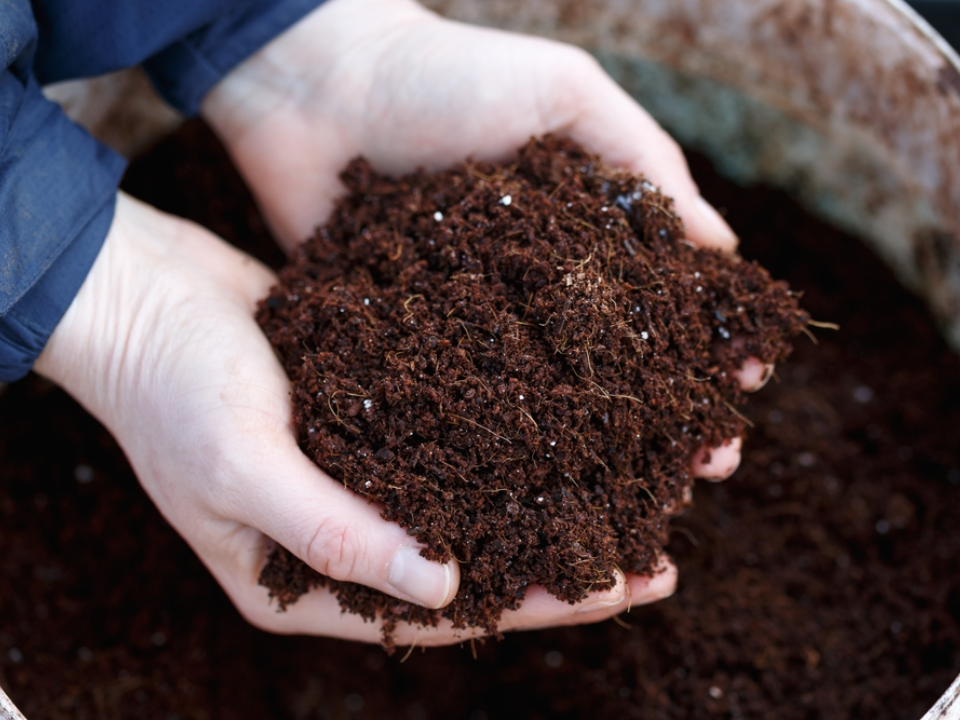
Mulching helps to protect soil from extreme temperatures by acting as a barrier against the sun’s heat. Applying mulch around plants reduces water evaporation from the soil, keeping moisture levels consistent and preventing the ground from drying out quickly. Organic mulches, such as straw, grass clippings, or shredded leaves, also add nutrients to the soil as they break down over time.
In addition to moisture retention, mulching helps to maintain a stable soil temperature. It also helps in reducing weed growth, which can compete with plants for resources. Regular replenishment of mulch may be necessary, especially in areas with intense sun.
Composting
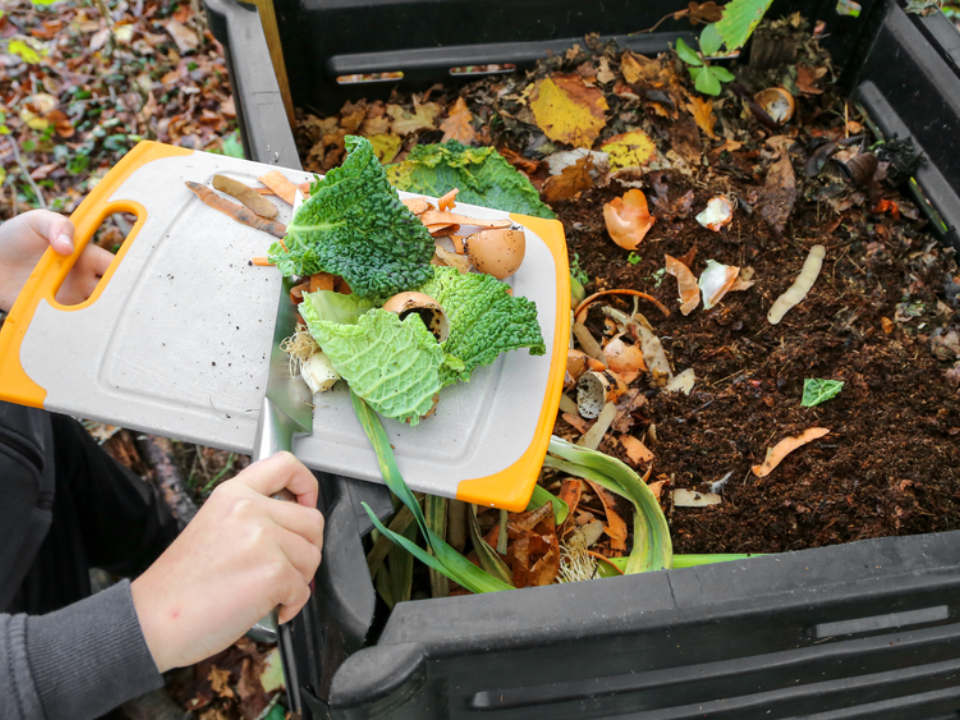
Composting is a great way to enrich soil by introducing essential nutrients in a natural way. Organic compost improves soil structure, making it easier for roots to penetrate and for water to move through the soil. Over time, compost increases the soil’s ability to retain moisture, which is particularly important in hot climates where water can quickly evaporate.
When added to the garden, compost helps improve the overall health of the soil by encouraging the growth of beneficial microorganisms. These microorganisms break down organic matter into accessible nutrients for plants.
Drip Irrigation Systems

Drip irrigation systems deliver water directly to plant roots, providing a more efficient watering method than traditional sprinklers. This system minimizes water wastage by reducing evaporation, which is essential in hot weather. Drip irrigation is especially beneficial for gardens with raised beds or rows of plants, where precision watering is important.
In addition to saving water, drip systems promote healthier plants by ensuring they receive the right amount of water directly at the root zone. These systems are easy to install and can be adjusted to fit the needs of different plants.
Cover Cropping
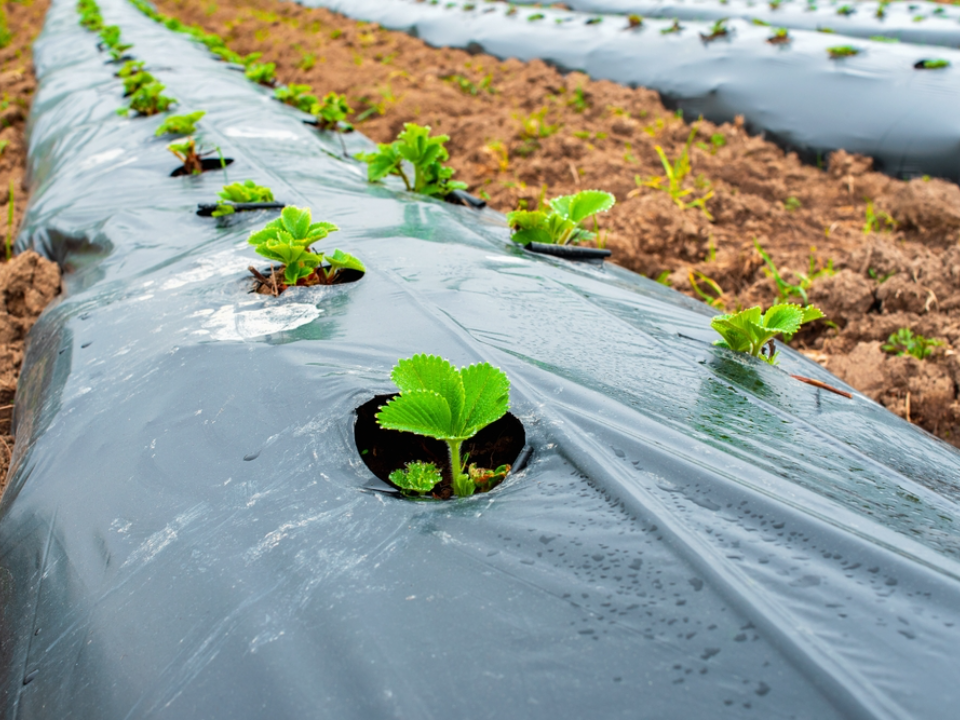
Cover cropping involves planting certain types of plants specifically to protect and improve the soil. These plants prevent soil erosion, add organic matter, and fix nitrogen in the soil, making nutrients more available to your garden. Leguminous plants such as clover and beans are particularly effective at fixing nitrogen and enriching the soil naturally.
By using cover crops in between growing seasons or on bare patches of soil, you can maintain soil fertility and reduce the need for synthetic fertilizers. In addition, cover crops help prevent weeds and provide habitat for beneficial insects.
Organic Fertilizers
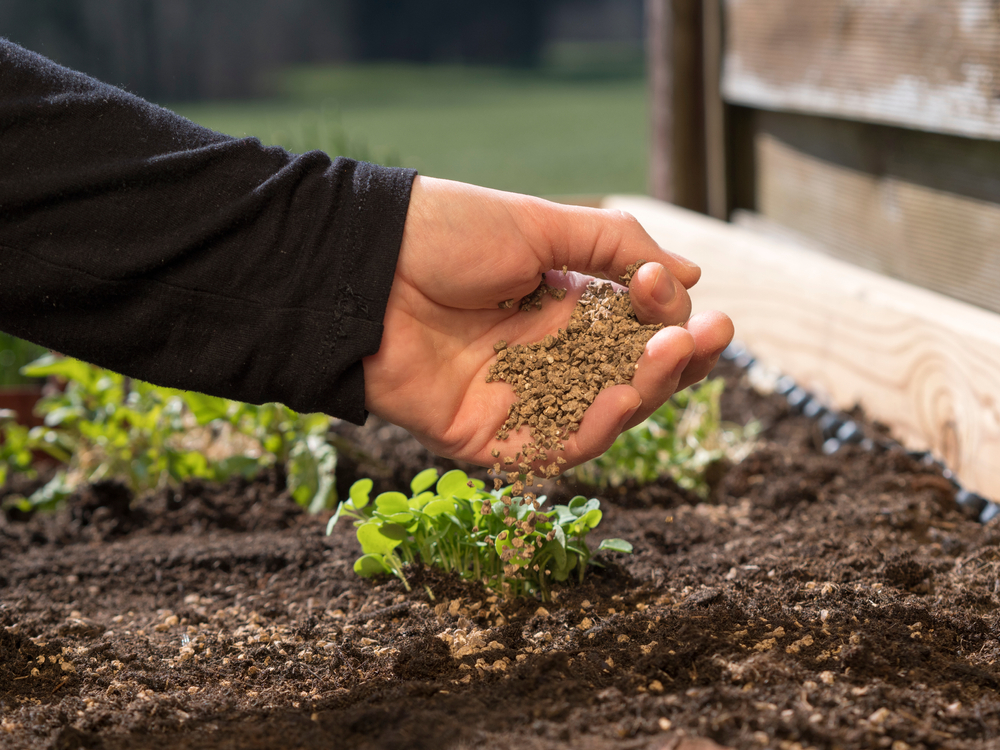
Organic fertilizers, such as compost, fish meal, or bone meal, are excellent for enhancing soil health in hot weather gardens. Unlike synthetic fertilizers, organic options release nutrients gradually, providing long-lasting benefits to plants. They also improve the soil’s organic matter content, which in turn helps the soil retain water and supports beneficial microbes.
These fertilizers provide a balanced supply of nutrients, encouraging stronger plant growth without the risk of harming the environment. They are a more sustainable option for gardeners looking to improve soil quality over time.
Aeration
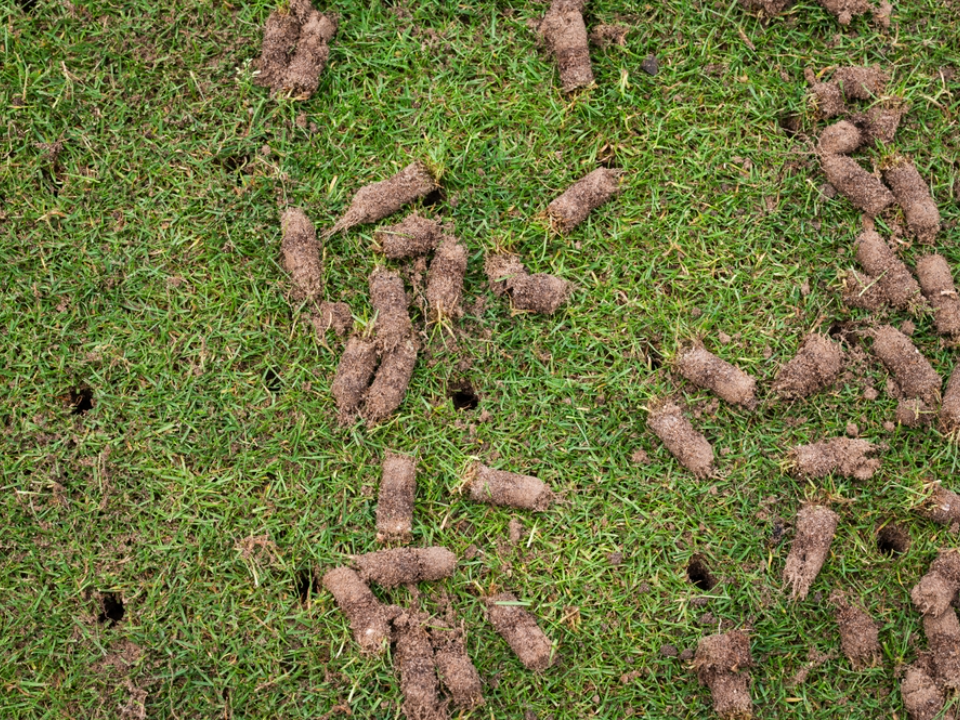
Soil aeration involves creating small holes in the ground to allow air, water, and nutrients to reach plant roots more effectively. Aerating the soil is particularly important in hot climates where compacted soil can limit root growth and water penetration. Aeration helps to break up hard, dense soil and encourages better root development.
You can aerate your garden by using a hand fork or an electric aerator. This practice also helps improve the soil’s ability to retain water and allows for better drainage.
Using Mycorrhizal Fungi

Mycorrhizal fungi are beneficial organisms that form partnerships with plant roots, improving nutrient uptake. These fungi help plants absorb water and nutrients like phosphorus and nitrogen, which are vital for growth in hot, dry conditions. Mycorrhizal fungi also enhance soil structure by creating networks of hyphae that help bind soil particles together.
By adding mycorrhizal fungi to your soil, you improve plant resilience and support a healthy soil ecosystem. This is particularly helpful in sandy or compacted soils, which may struggle to retain moisture.
Reducing Tillage
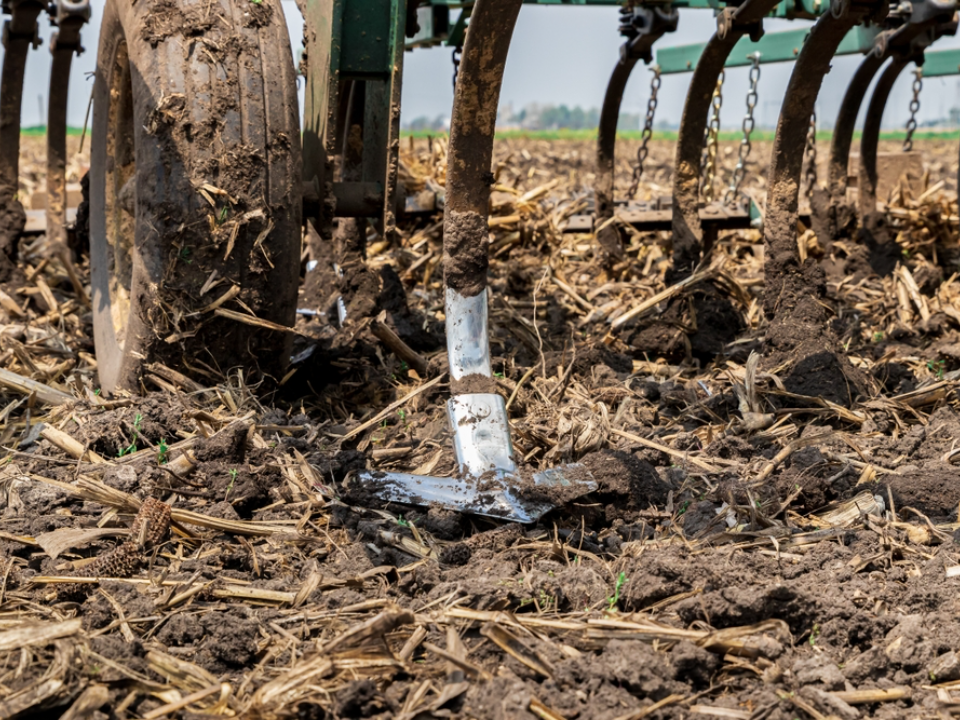
Reducing tillage helps maintain soil structure by preventing the disruption of beneficial microorganisms and soil aggregates. Over-tilling the soil can expose it to wind and water erosion, especially in hot weather, leading to the loss of vital topsoil. No-till gardening is a method that encourages the preservation of soil health and reduces the need for irrigation.
By minimizing tillage, you allow the soil to naturally develop and maintain its fertility. This practice can lead to stronger plants, healthier soil, and less need for synthetic fertilizers.
Using Biochar
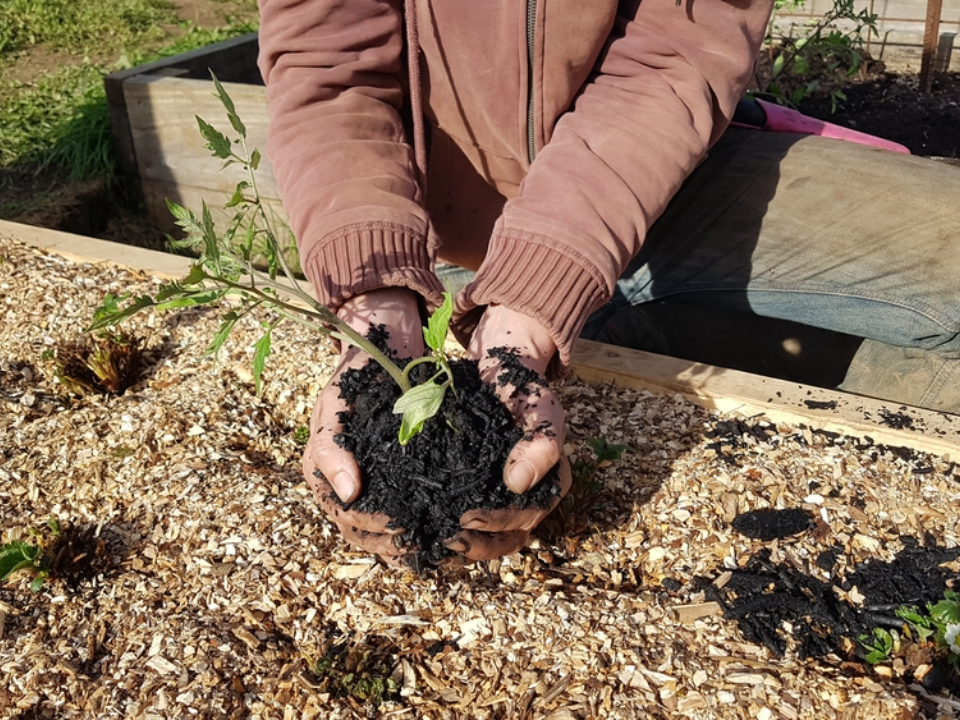
Biochar is a form of charcoal made from organic materials like wood or crop residues. It is added to soil to improve its structure, increase nutrient retention, and enhance water retention, especially in dry conditions. Biochar helps to stabilize soil pH and provides a habitat for beneficial soil organisms.
Biochar also has the added benefit of sequestering carbon, making it an environmentally friendly soil amendment. It is easy to apply and can be mixed into the soil or used as a top dressing.
Crop rotation
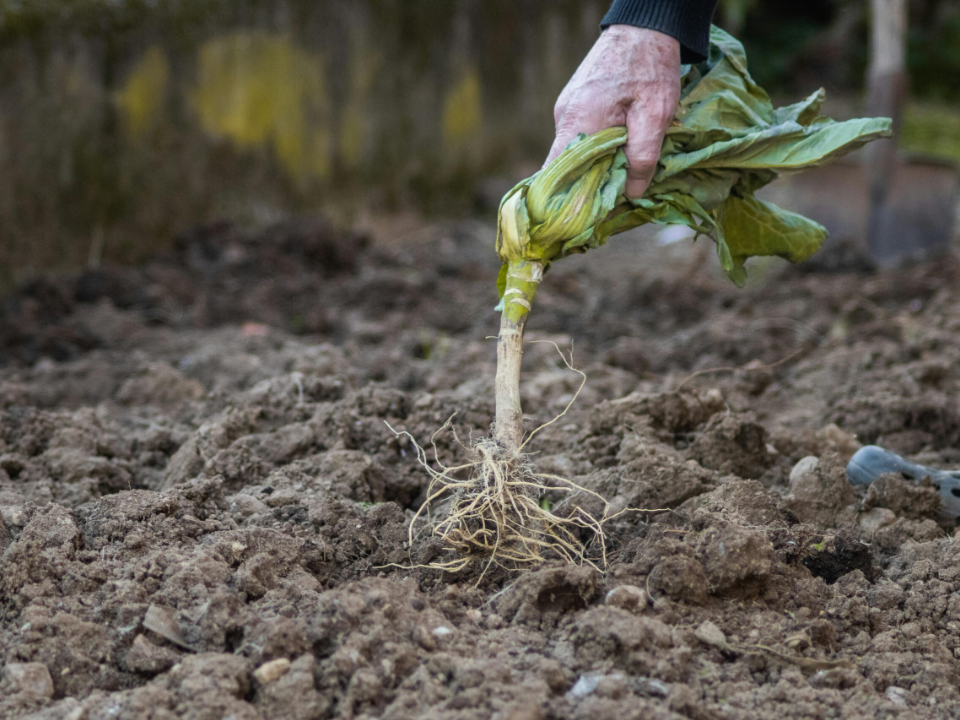
Crop rotation involves changing the types of plants you grow in a specific area from year to year. This practice helps to prevent nutrient depletion, as different crops have different nutrient needs. It also reduces the buildup of pests and diseases that affect specific plant types, promoting a healthier garden overall.
By rotating crops, you can also improve soil structure and reduce the risk of soil erosion. This method ensures that soil fertility is maintained without relying on chemical fertilizers.
Adding Worm Castings
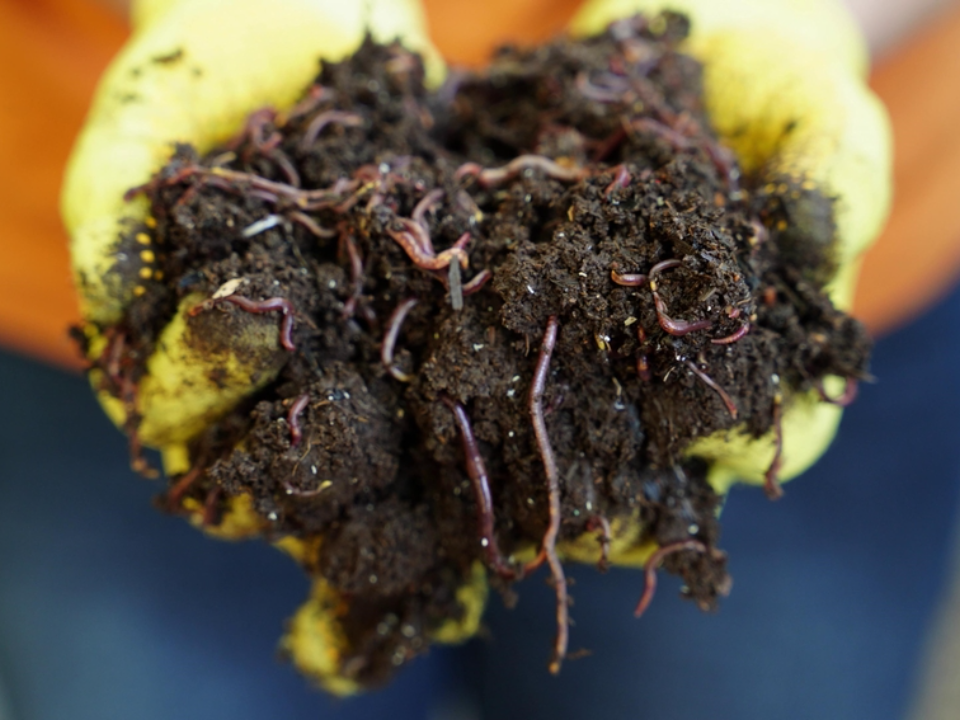
Worm castings are rich in nutrients and beneficial microorganisms, making them an excellent addition to your garden’s soil. These castings help improve soil structure, increase water retention, and support plant growth. They are also an environmentally friendly way to fertilize your plants, as they reduce the need for chemical inputs.
Worm castings can be mixed into the soil or used as a top dressing for plants. They are particularly useful for container gardening or raised beds, where soil nutrients can become depleted over time.
Planting Drought-Tolerant Plants
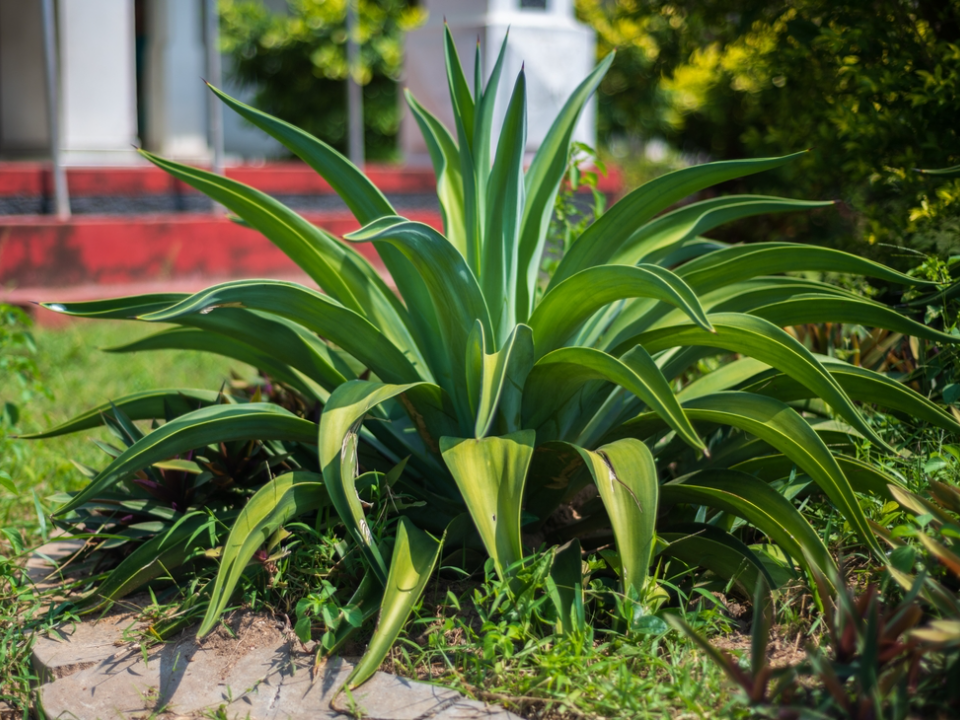
Choosing drought-tolerant plants for your garden is a practical way to maintain soil health in hot weather. These plants are adapted to survive with minimal water, reducing the need for frequent irrigation. Drought-tolerant species like succulents, lavender, and agave also help prevent soil erosion by stabilizing the ground with their root systems.
These plants naturally require less care and are well-suited to hot, dry climates. By incorporating drought-tolerant plants, you can create a sustainable garden that thrives with less effort.
Shade Cloth
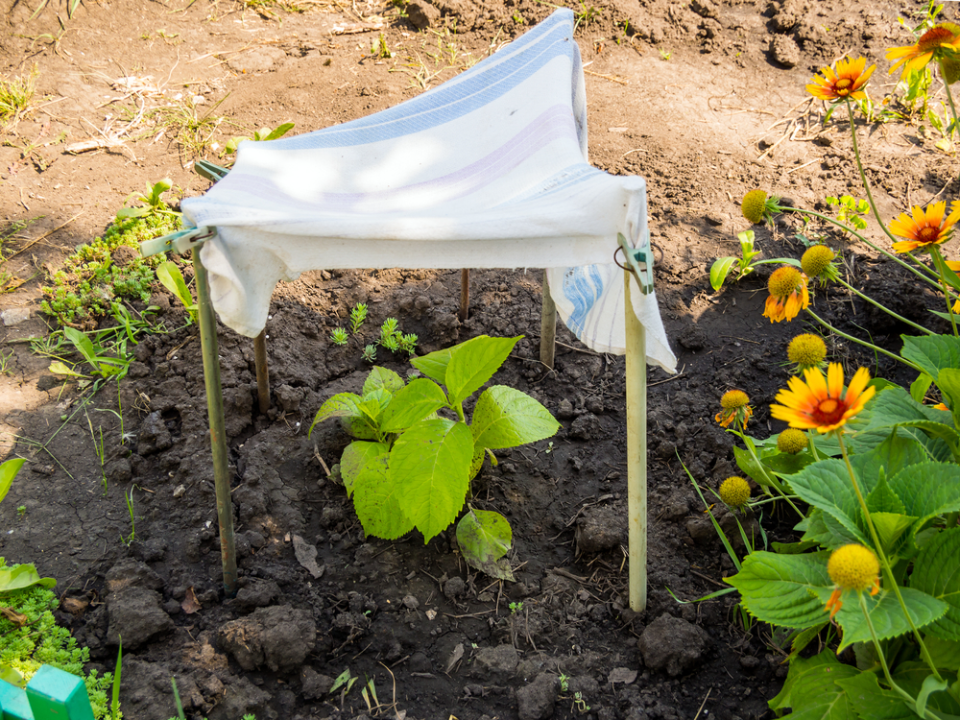
Shade cloth provides relief for plants in extreme heat by reducing the intensity of sunlight they receive. By filtering sunlight, it helps prevent overheating of the soil and protects sensitive plants from sun damage. Shade cloth is especially useful for young seedlings and plants that are not yet established in hot conditions.
By using shade cloth, you can create microclimates in your garden that are more conducive to plant growth. It is also easy to install and can be adjusted as needed depending on the temperature.
Raised Garden Beds
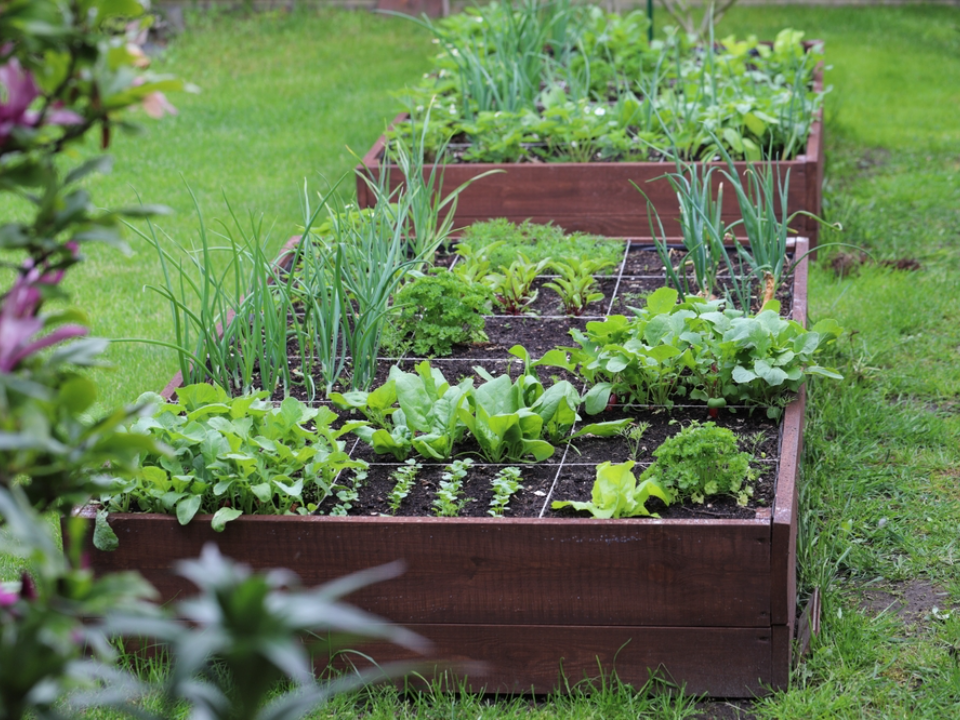
Raised garden beds are an effective way to improve soil health, particularly in hot climates. These beds provide better drainage and help maintain consistent soil temperatures. Raised beds can also be filled with a mix of high-quality soil and compost, ensuring that plants receive the nutrients they need.
The soil in raised beds is less likely to become compacted, which promotes healthy root growth. They are also easier to manage, as they reduce the need to bend down and allow for better access to plants.
Rotating Mulch Layers
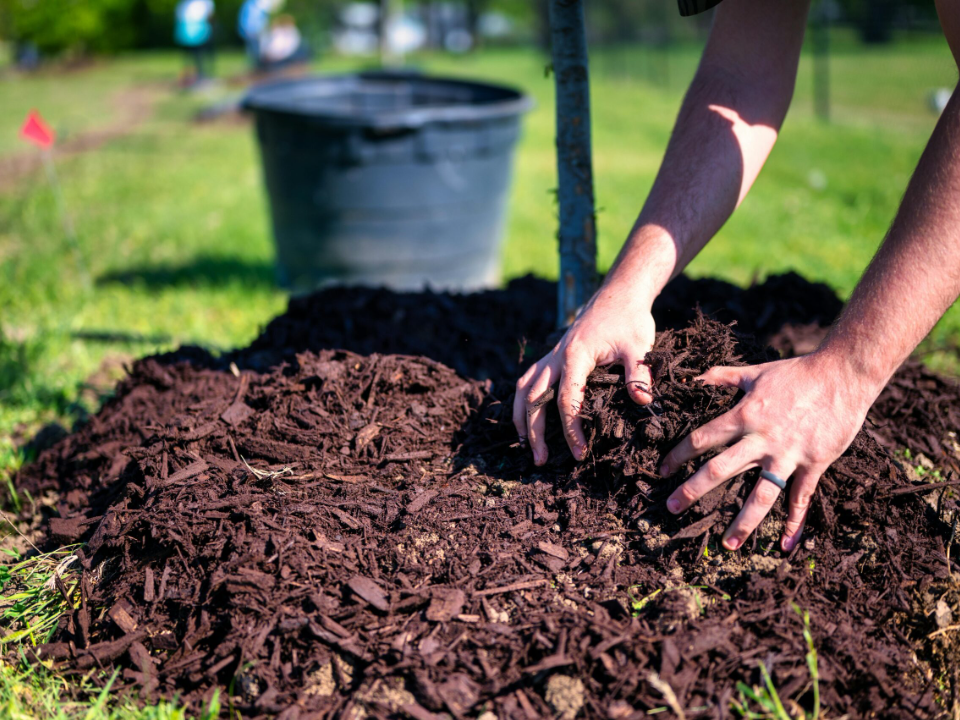
Rotating the types of mulch used in your garden ensures that soil remains healthy and well-maintained throughout the year. Different types of mulch, such as bark, wood chips, or straw, break down at varying rates, releasing nutrients into the soil at different times. By switching up the mulch types, you can enhance nutrient cycling and keep the soil in good condition.
This process also prevents soil compaction and helps maintain consistent moisture levels. By replenishing mulch periodically, you can ensure that your soil remains well-covered and insulated, which helps reduce the risk of dehydration.
This article originally appeared on Avocadu.
